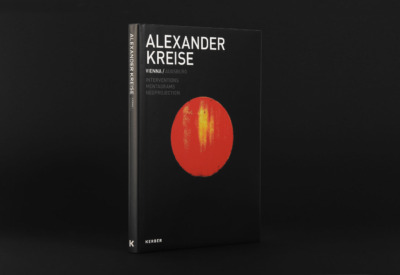VIENNESE VARIATIONS
FOR PIANO AND LIGHT | A CHAOS COMPOSITION
The Wiener Variationen (Viennese Variations) comprise eighteen piano compositions. Alexander Wiener also describes his pieces as sound-sketches or mental sound-diagrams. They are dated chronologically and reveal spontaneous moods, circumstances and experiments. Alexander Wiener composed the pieces Wiener Variation 15B and Wiener Variation 32B To the Mother Earth for the ballet AcroDuo by Elena Petrichenko and Sergey Chumakov. Each of the compositions is accompanied by video images and hitherto unpublished lighting interventions.
In addition, to accompany the publication, the Alexander Wiener Prize, which encourages musical exploration of Wiener’s work, has also been established.
Kerber Verlag
ISBN 978-3-7356-0886-4
21,5 × 30,2 cm
176 Pages
100 colored and 66 b/w illustrations
Hardcover
Languages: German, English
Fantasy. This is the game of imagination and invention that is left entirely to itself, expressed through sounds and thrown down, as it were …
(Heinrich Christoph Koch)
INTERVENTION
Vienna South Station IV
VIDEO
Titel INT20/SUEIV/AK10
I don‘t care if I‘m modern or not. The inner truth of my music is important to me.
(Sofia Asgatowna Gubaidulina)
INTERVENTION
Montenegro, AWV 32B
VIDEO
Viennese Variation 32B ‘To the Mother Earth’
The ear had gradually become acquainted with a large number of dissonances and thus lost the fear of their ‘sense-disturbing’ effect.
(Arnold Schönberg)













